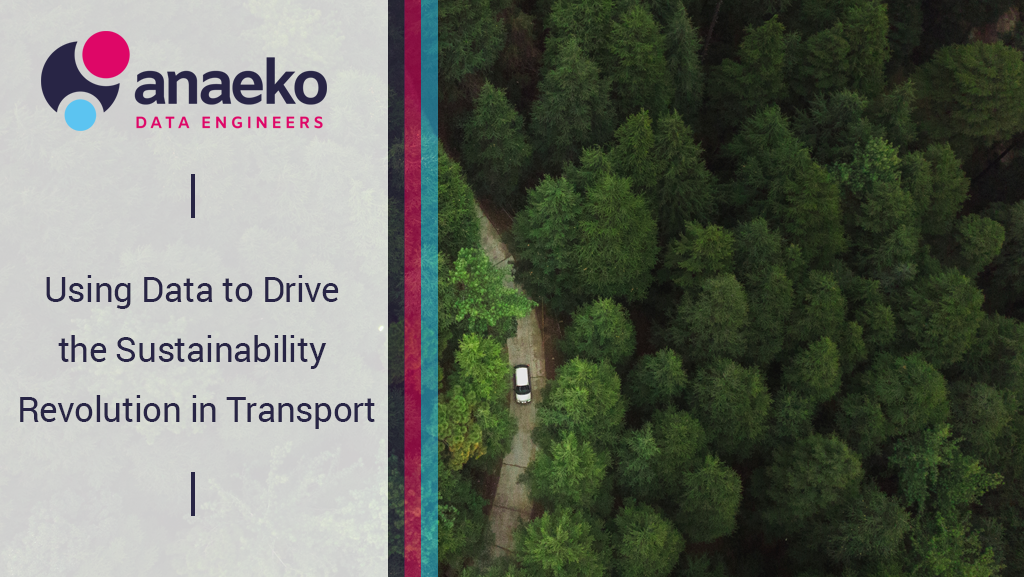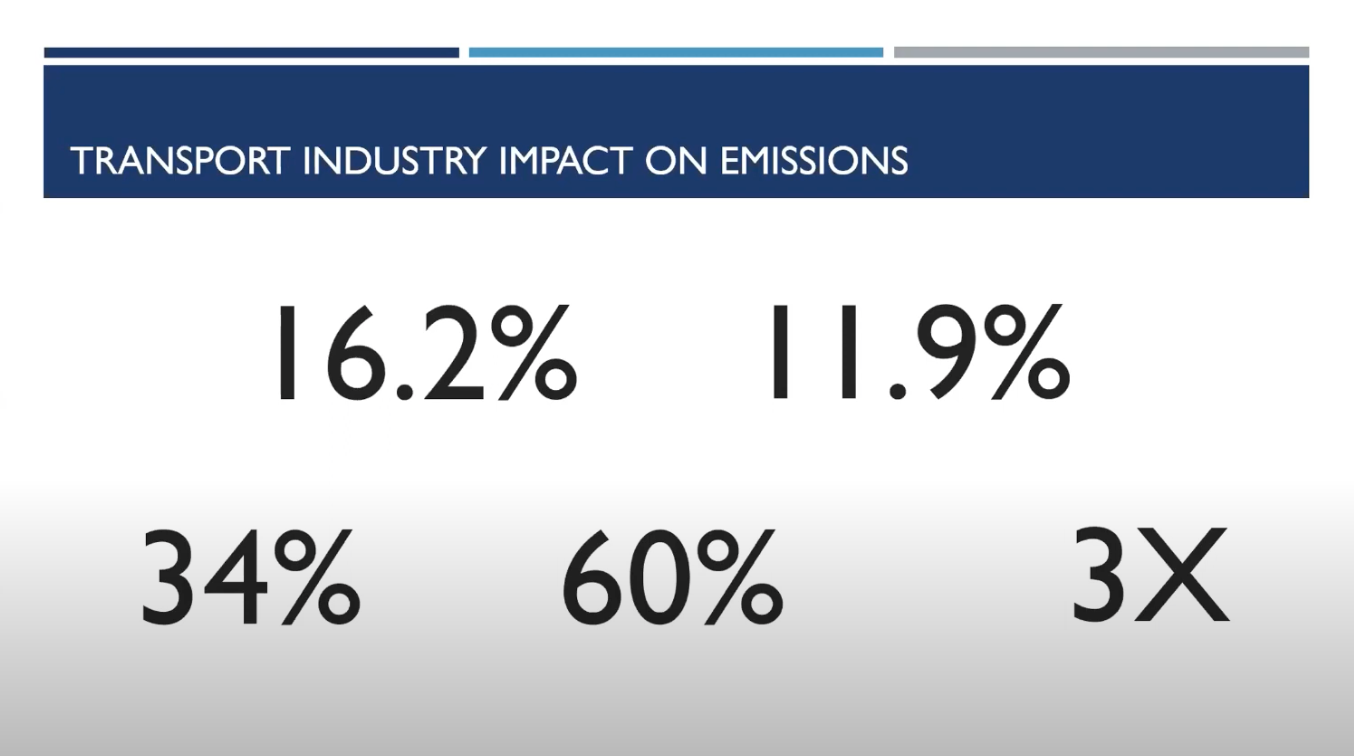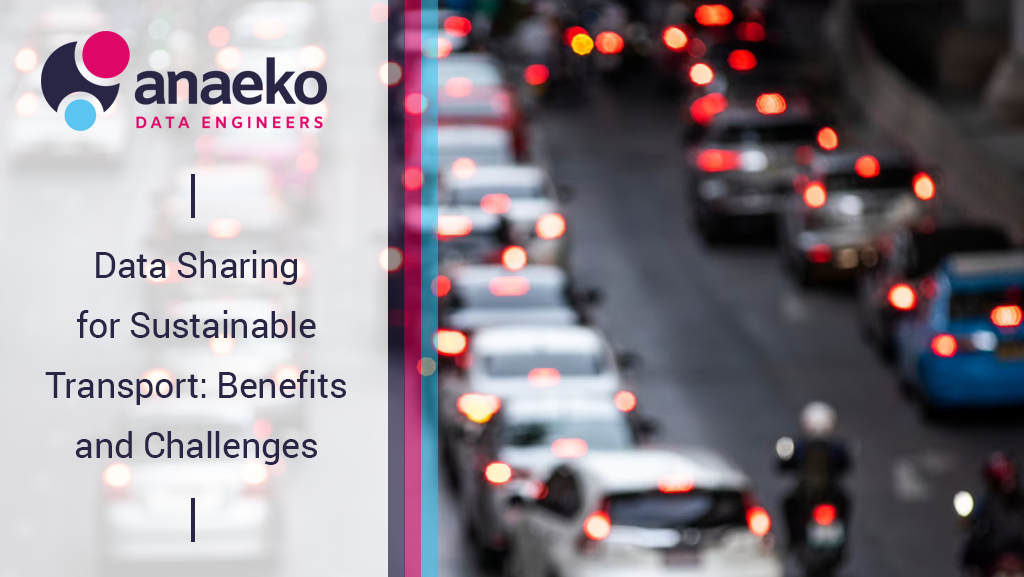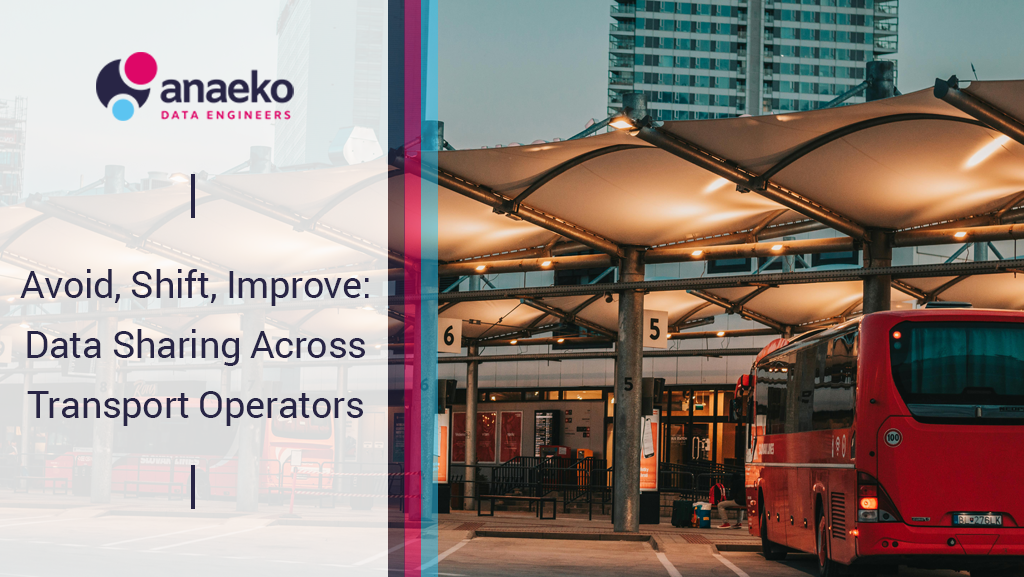Introducing Brian Roche from BDR Management Consulting
Brian is a passionate individual who has accumulated over 20 years of experience in the field of technology and innovation. Throughout his career, he has taken on leadership roles in both technical and commercial teams, both at the local and global levels. His accomplishments include managing significant transformation programs within the banking sector and the NHS. He also excelled in Leading Regional sales for a multinational company, consistently surpassing set targets. This showcases Brian's wide-ranging commercial expertise.

In addition to his commercial prowess, Brian possesses a deep understanding of technology. He has held senior positions in technology and transformation at well-known organisations like EMC, WrightBus, and Belfast City Airport. Brian's overarching goal is to leverage technology for societal good, striving to maximise the positive impact it can have. His specific focus lies in identifying the appropriate technologies that can contribute to reducing carbon emissions.
Having had the privilege of crossing paths with Brian on multiple occasions throughout his illustrious career, I've witnessed firsthand the depth of experience he brings to the realms of data transport and sustainability. Given his extensive background, I am thrilled that he is here to deliver today's presentation.

To kick things off, I'll delve into some current facts and figures. 16.2% is the global emissions originating from the transport sector. Encouragingly, this figure was higher, standing at 24%, before the pandemic. Nevertheless, even at 16.2%, it contributes significantly to the overall carbon emissions at 11.9%. This latter number pertains specifically to carbon emissions attributed to road transport, signifying the potential reduction achievable through the adoption of zero-emission vehicular technologies.
To put it into perspective, this indicates the impressive extent to which we could curtail carbon emissions, both globally and within the UK. In the UK, transportation accounts for a striking 34% of the total carbon emissions – a substantial proportion in the grand scheme of global carbon usage.
Looking ahead, our challenges loom large. Road usage is projected to surge considerably, as will aviation. Projections suggest that by 2070, our planet will witness a 60% rise in vehicles on the roads, alongside a threefold increase in aviation demand compared to current rates.
The purpose of these insights is to emphasise the magnitude of the issue at hand. The journey towards improvement has already begun, but there's substantial room for further reduction. By embracing appropriate strategies, leveraging technology, and harnessing data, we have the potential to significantly diminish our environmental impact and steer our course toward a more sustainable future.
What can we do to reduce carbon emissions?
One key initiative that holds significant importance is reshaping customer perceptions and behaviours. For example, consider the implementation of rewards through mobile applications to incentivise the use of public transportation. You might envision employing a carbon calculator to demonstrate the positive environmental impact – "Congratulations! You've saved X amount of kilos or grams of carbon by opting for public transport." The goal is to cultivate a modern populace that takes pride and satisfaction in utilising public transportation. After all, it's this shift in behaviour that holds the potential to drive the most substantial reduction in carbon emissions.
Another facet of our approach involves enhancing the accuracy and transparency of our measurement and reporting of greenhouse gas emissions across various sectors and vehicle types. The realm of telematics emerges as a game-changer. Whether we're talking about fleet telematics, transport operator telematics, or even the telematics systems integrated into individual vehicles – the opportunities are abundant. By leveraging telematics, we can cultivate the right behaviours and practices.
The concept of sustainability offers a compelling arena to showcase the capabilities of data and IoT (Internet of Things). Historically, securing funding and approval for data projects has posed challenges. However, the landscape shifts when we align data initiatives with sustainability goals. This synergy provides a potent catalyst for promoting data-driven endeavours. Engaging with sustainability projects offers a tangible path to demonstrate Return on Investment (ROI). The impact is measurable, traceable, and immediate – qualities that resonate effectively when seeking support for data-driven undertakings.

How to reduce carbon emissions?
Let's dive into the practical steps for making these changes. Transforming your organisation's culture into one that is data-driven, while also integrating human insight and AI, is a key approach. Achieving the best outcomes for both your business and the environment relies on this alignment. To support this data-driven culture, enhancing data quality, governance, and related processes is crucial. Continuous improvement is the cornerstone.
Incorporating a carbon reduction team is a potent strategy. Drawing from my experience with WrightBus, forming a carbon reduction committee yielded impressive results. By evaluating various projects, like implementing LED lighting with sensors, we achieved cost savings while benefiting the planet. A particularly effective move was adopting a renewable energy tariff for Scope 2 emissions. This simple yet impactful step simultaneously enhances sustainability and reflects positively on utilities' efforts to harness cleaner energy sources.
Now, let's delve into the MACH approach, which is integral to improving the data environment. "M" signifies microservices, involving domain-specific technologies that are API-enabled and centric. This promotes accessible and secure data sharing for enhanced collaboration. "A" stands for API-centricity, ensuring seamless connectivity between organisations. "C" denotes cloud-native solutions, utilising SaaS technologies to add functionality without complex upgrades. Finally, "H" represents headless architecture, decoupling backend data from user interfaces for tailored design and faster realisation of benefits.
The MACH approach embodies modern and sustainable practices for achieving collaborative and open standards across the industry. Collaboration and open standards, often discussed but rarely realised, can be effectively harnessed through this approach. By taking ownership of relevant data in a well-architected framework, secure interlinking between systems and businesses becomes feasible, driving global carbon emission reduction. These principles have been proven effective within smaller industry sectors, leading to remarkable benefits.
By fostering a data-driven culture, implementing carbon reduction initiatives, and embracing the MACH approach, we can pave the way for a more sustainable future. Collaboration and open standards, when approached strategically, can yield substantial and tangible results in the pursuit of environmental betterment and business prosperity.
Data driven decarbonisation to improve public transport

Source: Data-Driven Decarbonization to Improve Public Transport, Fawad A. Qureshi
This illustration demonstrates the extensive collaboration required to establish an effective low-emission or zero-emission public transport service. On the left side, you'll notice various data points that can be seamlessly integrated through different applications using open APIs. This method ensures that the benefits of public transport reach consumers optimally.
While the scope is vast and complex, the key lies in each stakeholder taking responsibility for their respective part. Simultaneously, active engagement with the supply chain, consumers, and collaboration across industries is essential to achieve tangible benefits that serve everyone's interests.
For instance, in Security Services, the utilisation of computer vision technologies can offer insights from buses, trains, platforms, bus stops, and traffic cameras. This data can swiftly inform commuters about disruptions caused by traffic accidents or other issues, enhancing their experience. Another example is leveraging social media content and cameras to notify passengers of delays caused by factors like extreme weather conditions such as flash floods.
Energy suppliers and vehicle manufacturers also play a vital role. While battery technology has its limits and environmental implications, exploring alternatives like hydrogen and other zero-emission fuels holds promise. Emerging advancements, such as sodium batteries, which boast higher density and efficiency while being environmentally friendly, are captivating possibilities for the future.
In the realm of telecommunications and satellites, establishing robust communication channels is critical. Ensuring the availability of 4G or 5G-enabled devices is vital, enabling seamless connections between consumers, vehicles, and operators. This technology empowers operators to monitor and respond effectively to dynamic events impacting public transport.
The collaboration, data-driven methodologies, and enhanced industry maturity are keys to realising a superior public transport service. By intelligently utilising data and technology, we can proactively address disruptions, provide alternatives during major events, and ultimately deliver a more efficient, customer-focused experience. This shared effort towards sustainability and innovation is a cornerstone of progress in the transportation industry.
Questions
One of the topics you brought up earlier, was the concept of sodium batteries. These batteries rely on an abundant and unlimited resource: saltwater. Specifically, these batteries are based on ammonia sulphates and sodium, which are currently undergoing significant research and development. This approach holds potential as a game-changer, particularly for the electric vehicle (EV) industry.
The EV industry recognises that the current battery composition is not a sustainable long-term solution. Sodium batteries, utilising this non-limited and plentiful resource, could revolutionise the industry. Hydrogen is another noteworthy contender, although it presents challenges related to transportation and infrastructure. Despite these challenges, hydrogen is gradually becoming safer, offering substantial benefits. For larger vehicles, like buses, achieving an adequate range with batteries remains a challenge. For instance, the current charging time of around four to five hours for a double-decker EV provides only about 140 miles of range. In comparison, an eight-minute hydrogen fill for a bus yields approximately 320 miles of range. This indicates that hydrogen-powered buses can remain in service longer, leading to increased profitability for operators. To move forward effectively, improvements in battery charging times, density, and energy sources are essential. While there's potential in altering the composition and charging dynamics of batteries, significant technological advancements are required to realise these gains.
Conclusion
We have outlined the importance of changing customer perceptions and behaviours, improving measurement and reporting of greenhouse gas emissions, and establishing data-driven cultures within organisations. The benefits of collaboration, open standards, and the use of emerging technologies show how data-driven approaches can make a significant impact in our journey towards a greener planet. Read Anaeko's latest case study: Anaeko Data Insights helps NI Water address the climate emergency.
AWS Sustainability: Minimise the environmental impacts of running cloud workloads through a shared responsibility model for cloud sustainability, understanding impact, and maximising utilisation whilst reducing downstream impacts.
Design Principles:
- Understand your impact
- Establish sustainability goals
- Maximise utilisation
- Anticipate and adopt new, more efficient hardware and software offerings
- Use managed services
- Reduce the downstream impact of your cloud workloads
Book an AWS Well Architected Review from Anaeko:
Join our next webinar:
Topics: Data Analytics, Carbon footprint, data discovery, data sharing, transport, sustainability




